230201 1L2L0X0A_(I), http://farbe.li.tu-berlin.de/AEWI.HTM or
http://color.li.tu-berlin.de/AEWI.HTM
For this main page with general information and special images
of the corresponding image page with 10 colour series, see
AEWI in English,
AGWI in German.
For the previous main page, see
AEVI in English,
AGVI in German.
For the next main page, see
AEXI in English,
AGXI in German.
For links to the chapter A
Colour Image Technology and Colour Management (2019), see
Content list of chapter A:
AEA_I in English or
AGA_I in German.
Summary of chapter A:
AEA_S in English or
AGA_S in German.
Example image part of 26 parts AEAS to AEZS:
AEAS in English or
AGAS in German.
Chapter A: Colour Image Technology and Colour Management (2019),
Main part AEWI
1. Introduction and goals.
The structure, the names and the content of many parts of this TUB web server are shown in the main part
AEXI. It describes basic properties for the transfer
of vector to pixel files in the size A5P (P=Portrait) or smaller.
This main part AEWI uses image files in the three sizes A4L, A5L, and A6L
(L=Landscape) and only in vector graphic. The image sizes are changed by the
programming language PostScript.
The test charts according to ISO 9241-306 have the format A4L (approximately 21cm x 29cm).
They consist of a frame and a figure. This format remains here. Any A4L figure includes
four or 16 smaller figures. All figure parts have either the equal ISO-contrast step,
for example CYP5 in the standard office, or 4 or 15 different ISO-contrast steps
out of the series CYP1 to CYP15.
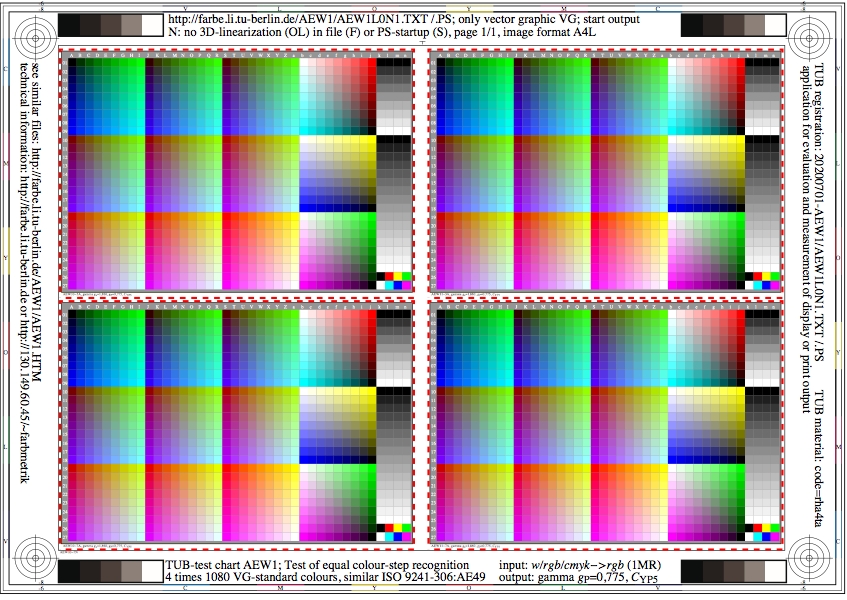
Figure 1 shows an A4 page with four smaller figures of equal size
and of equal contrast step CYP5
For the download of this figure in the VG-PDF format, see
AEW1L0N1.
The contrast step CYP5 has the relative gamma value gP=0,775 according to
ISO 9241-306, and the absolute gamma value ga=1,86=2,4 0,775.
The standard contrast step CYP5 according to ISO 9241-306 is marked by
a dashed red rectangle.
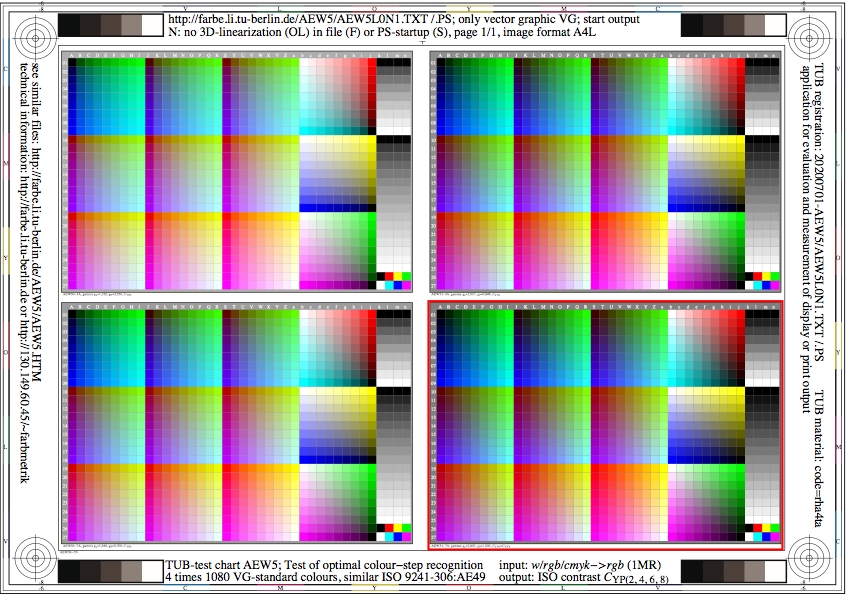
Figure 2 shows a A4 page with four smaller figures of equal size
and the four contrast steps CYP(2, 4, 6, 8)
For the download of this figure in the VG-PDF format, see
AEW5L0N1.
The four contrast steps CYP(2, 4, 6, 8) have the relative gamma values
gP=0,55, 0,70, 0,85, and 1,00. The absolute gamma values are
ga=1,32, 1,68, 2,04 und 2,40. The standard contrast step CYP8 according to
IEC 61966-2-1 is marked in the small figure by a red rectangle.
If the 16 files are equal and produce therefore 16 equal display outputs, then the
step recognition is only equal for diffuse (hemispherical) illumination.
The step recognition may change in many small figures by a directed illumination.
In a dark room there is no illumination reflection on the display. In this case
the step recognition is usually equal.
For the test of equal step recognition any small figure is identical on the display output.
For the test of optimal step recognition the relative gamma value is different for the
four or 16 small figures.
2. Step recognition for changes of the illumination and viewing angles an mirror reflection
In applications the viewing angles change towards the corners of the display. For a partly
directed illumination by luminaires or windows there are different display refections towards the
viewer. In addition the viewing angle changes by a tilt of the laptop or the mobile device.
All three effects may lead to the result, that the minimal ergonomic requirement
to distinguish 9 or 16 grey steps is not fulfilled any more in some of the four or 16 small figures.
In the optimal case all visual differences of the 9 or 16 grey steps are equal.
The illumination angles change in the office which is illuminated by daylight. The observer
may determine appropriate angles by experiment, to avoid early fatigue at the display work.
Especially the light reflection at the glas surface of the display which may be similar compared
to a mirror reduces the step recognition. These mirror reflections produce often an image of
the light source on the display, for example of a luminaire or a window.
In the following test charts with 16 small figures are used for the determination of the
optimal step recognition by appropriate viewing and illumination angles. If the ergonomic
positions according to ISO 9214-306 are considered then often the optimal step recognition
can be reached for all 16 small images.
3. Test chart for the dark room with the ISO-contrast step CYP8
In the dark room without any display reflection the step recognition is optimal for the standard
gamma value ga=2,4.
The absolute gamma value ga=2,4 according to IEC 61966-2-1 corresponds to the
relative gamma value gP=1,0 according to ISO 9241-306.
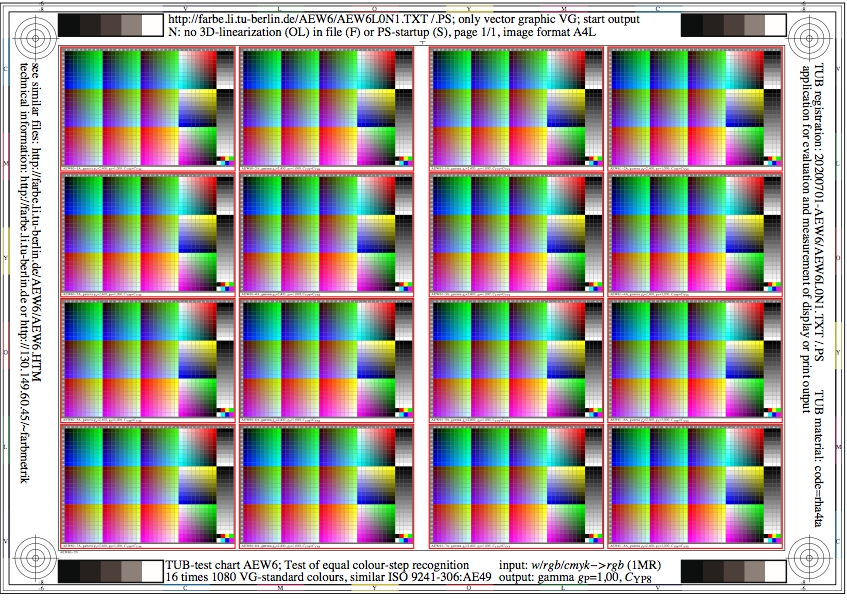
Figure 3 shows an A4 page with 16 small figures of equal size and of the equal
ISO-contrast step CYP8.
For the download of this figure in the VG-PDF format, see
AEW6L0N1.
The contrast step CYP8 has the relative gamma value gP=1,0 according to
ISO 9241-306, and the absolute gamma value ga=2,4.
The standard contrast step CYP8 is marked in any small figure by a red rectangle.
4. Test chart for the standard office with the ISO-contrast step CYP5
In the standard office the step recognition is optimal for the standard gamma value ga=1,86.
The absolute gamma value ga=1,85 according to IEC 61966-2-1 corresponds to the relative
gamma value gp=0,775 according to ISO 9241-306.
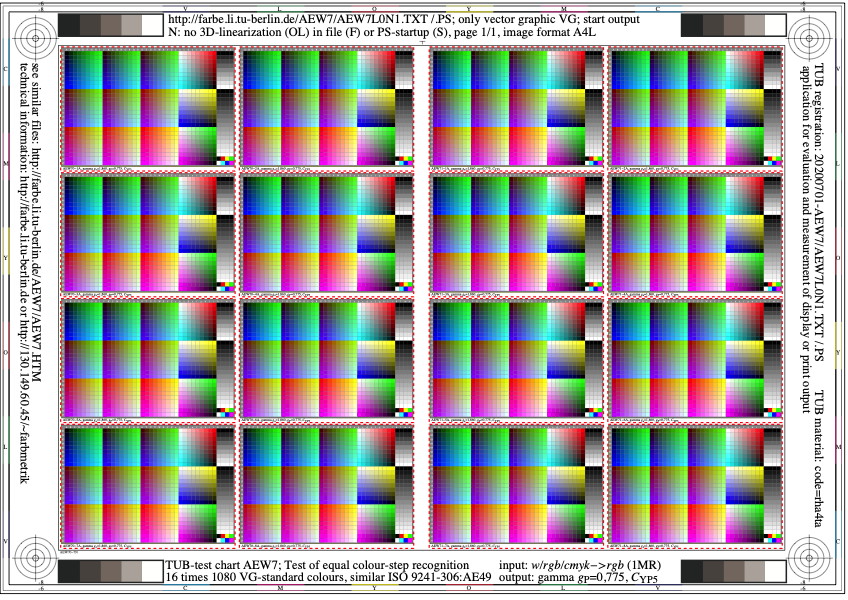
Figure 4 shows an A4 page with 16 small images of equal size and of the equal
ISO-contrast step CYP5.
For the download of this figure in the VG-PDF format, see
AEW7L0N1.
The contrast step CYP5 has the relative gamma value gP=0,775 according to
ISO 9241-306, and the absolute gamma value ga=1,86 (= 2,4 0,775).
The standard contrast step CYP5 is marked in a small figure by a red
dashed rectangle.
For a standard-office display according to ISO 9241-306 the test chart of Fig. 4 shall show
an equal step recognition for all 16 small figures.
At any work place the room illumination reduces the step recognition. This is similar
for all dark grey and colour steps. In the standard ergonomic office with the illuminance
500 lux and diffuse illumination of the displays a gamma value ga=1,8 leads to the optimal
step recognition of all 16 small figures. With only a few or many mirror reflections
the step recognition of some or many of the 16 small figures change.
5. Test chart for the standard office with 15 ISO-contrast steps CYP1 to
CYP15
In the standard office a test chart is necessary which shows 16 equal small figures. This test chart
has been shown in Figure 4, and serves for the test of the equal step recognition.
If the equal step recognition is fulfilled, then the optimal
step recognition can be determined for the 16 small figures with the following test chart.
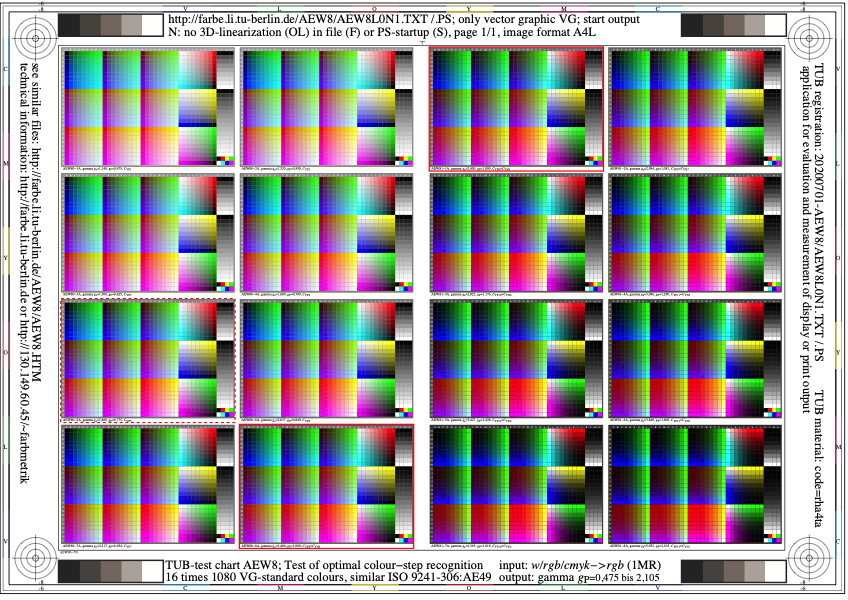
Figure 5 shows an A4 page with 16 small figures of equal size and of the
ISO-contrast steps between gP=0,475 and 2,105.
For the download of this figure in the VG-PDF format, see
AEW8L0N1.
The two small figures of the contrast step CYP8 are marked by a red rectangle at the
positions 0-7 and 1-1. The small figure of the contrast step
CYP5 is marked by a red dashed rectangle rot.
With the test chart in Fig. 5 the optimal step recognition can be determined.
Only if the step recognition of all 16 small figures and
of the contrast step CYP5 in Fig. 4 is equal, then in addition
the optimal step recognition of all 16 small figures is equal.
In Fig. 5 the optimal step recognition appears usually only for one of the 15 contrast steps
CYP1 to CYP15. This step is usually near the step CYP5.
According to IEC 61966-2-1 the whole display output is based on the contrast step CYP8.
If for example the optimal contrast step is CYP5 by visual evaluation, then
the contrast step shall be changed from CYP8 to CYP5 for the whole display output.
This change corresponds to a relative gamma change
from gP=1,0 to gP=0,775.
For different solutions for this task see the main page,
AEXI in english or
AGXI in german.
-------
For the archive information (2000-2009) of the BAM server "www.ps.bam.de"
(2000-2018)
about colour test charts, colorimetric calculations,
standards, and publications, see
indexAE.html in English,
indexAG.html in German.
Back to the main page of this TUB web site (NOT archive), see
index.html in English,
indexDE.html in German.